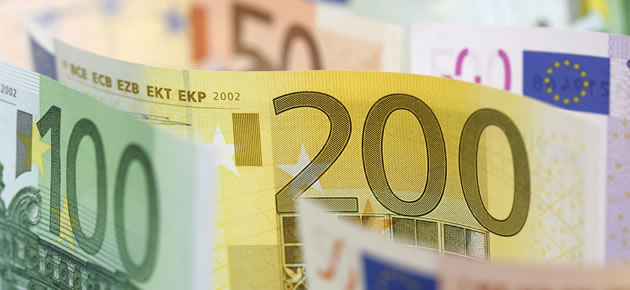As European trading began the Euro looked set to close out the week in a softer position against the Australian Dollar.
While the Australian Dollar struggled against the ‘Greenback’ ahead of the publication of US non-farm payrolls, the South Pacific asset was in a stronger position against the Euro.
During the local session the AUD was little changed by a domestic report showing a 0.2 per cent month-on-month increase in new home sales in March. Sales had increased by 4.6 per cent in February.
Separate figures revealed a 0.9 per cent increase in Australia’s producer price index in the first quarter, quarter-on-quarter. Economists had expected a 0.6 per cent rise.
The Euro to Australian Dollar exchange rate (EUR/AUD) is trading around 1.4949.
Meanwhile, the common currency came under pressure as investors questioned the European Central Bank’s commitment to tackling price concerns with the introduction of additional stimulus.
However, during the European session the Euro was modestly boosted as final manufacturing PMI for France and the Eurozone came in above previous estimates.
The French manufacturing gauge achieved 51.2 in April rather than the 50.9 expected while the measure for the Eurozone as a whole read 53.4 verses expectations for 53.3.
Less positively, Germany’s manufacturing PMI actually came in slightly below forecast, hitting 54.1 in April rather than 54.2.
In a statement published with the Eurozone PMI figures Markit economist Chris Williamson commented; ‘The Eurozone PMI paints a promising picture for the region’s manufactures at the start of the second quarter. Particularly welcome is the news that previously struggling countries such as Spain and Italy are now also seeing robust growth, with the surveys indicating growth close to 1.0 per cent in both cases.’
Williamson added; ‘It remains to be seen whether this strengthening of demand will feed through to more pricing power, which remains weak due to the widespread existence of spare capacity and high unemployment in many countries.’
The Euro fluctuated after the data was published but went on to rally after the unemployment rate in the Eurozone was shown to have fallen to 11.8 per cent in March rather than the 11.9 per cent expected.
Later today additional currency market movement could be inspired by the highly influential US non-farm payrolls report.
Over the weekend China’s non-manufacturing PMI could impact the Australian Dollar. The services gauge came in at 54.5 in April and investors will be hoping for another strong result.
Euro (EUR) Exchange Rates
[table width=”100%” colwidth=”50|50|50|50|50″ colalign=”left|left|left|left|left”]
Currency, ,Currency,Rate ,
Euro, ,US Dollar,1.3855,
,US Dollar,1.3855,
Euro, ,British Pound,0.8206,
,British Pound,0.8206,
Euro, ,Australian Dollar,1.4949,
,Australian Dollar,1.4949,
Euro, ,New Zealand Dollar,1.6050,
,New Zealand Dollar,1.6050,
Euro, ,Canadian Dollar,1.5203,
,Canadian Dollar,1.5203,
[/table]



